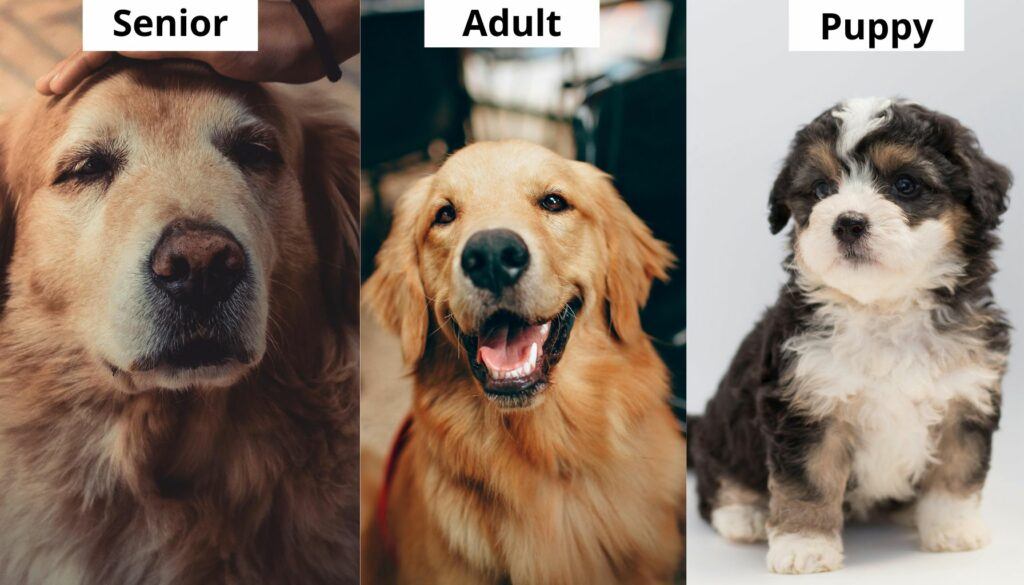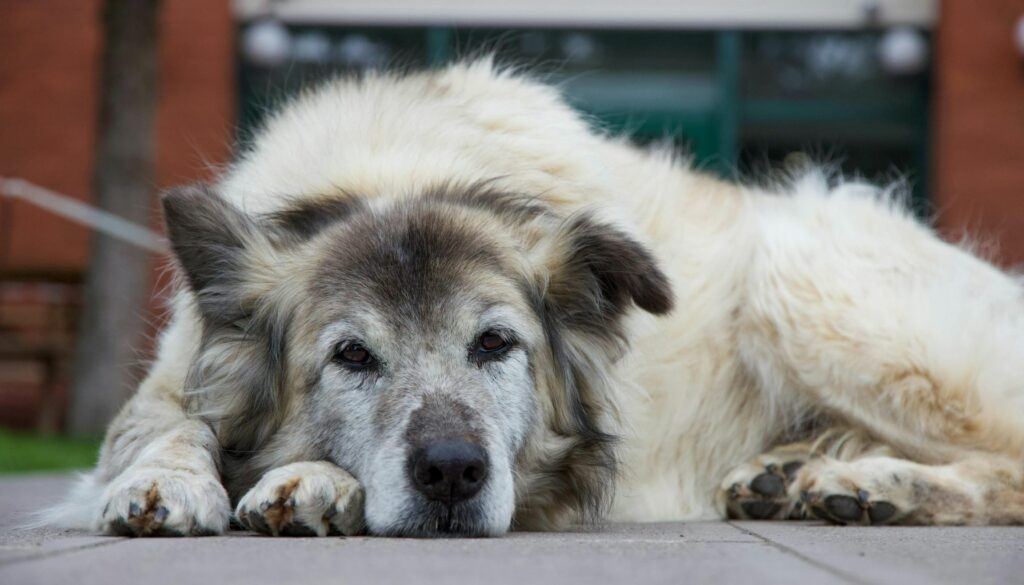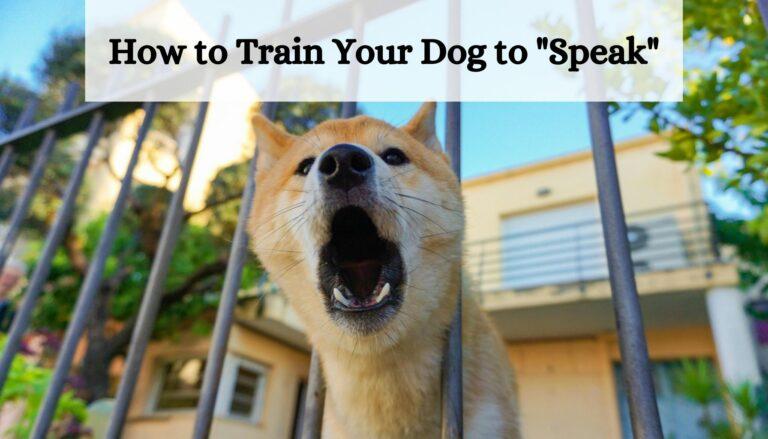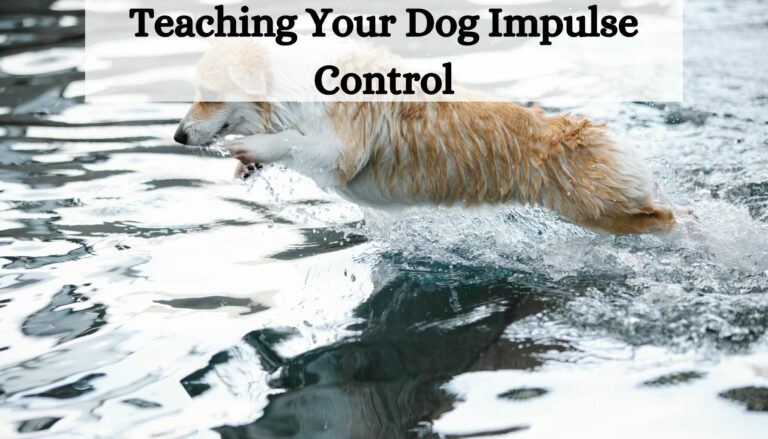Whether you’re a new dog owner or just looking to improve your dog’s health, knowing how much exercise your dog needs is good to know. So, how much exercise does a dog need? Well to simply answer that question, it depends. Stick with me now here, your dog is different, not a big surprise. So that means, depending on age, size, will determine how much exercise your dog needs every day.

Article Overview:
Why Dogs Need Exercise
Exercise is very important for maintaining a dog’s physical health, as it helps with:
- Weight regulation
- Strengthening muscles
- Improving cardiovascular health
Beyond physical benefits, exercise also provides mental stimulation, which prevents boredom and associated behavioral issues, such as:
- Excessive barking
- Chewing on furniture
- Digging due to pent-up energy
Dogs that don’t get enough exercise may also show signs of anxiety or depression. Mental engagement helps them stay relaxed and content.
Exercise Recommendations Based on Dog Life Stages

Puppies
For puppies, finding the right balance between exercise and rest is crucial. Too much exercise can lead to joint strain, while too little can result in underdevelopment. The general recommendation is 5 minutes of exercise per month of age, twice a day. For instance:
- A 4-month-old puppy should get about 20 minutes of exercise, twice a day
- Activities can include short walks, playful sessions, or mentally stimulating games
Always supervise puppies during exercise to prevent injuries and ensure they aren’t overexerting themselves.
Adult Dogs
Adult dogs can engage in a wider variety of activities compared to puppies. Most healthy adult dogs should get between 30 minutes to 2 hours of exercise each day. This can be broken down into multiple sessions to suit your dog’s schedule and energy levels. For example:
- 30 to 60 minutes for less active breeds, such as Bulldogs or Basset Hounds
- 1 to 2 hours for more active breeds like Border Collies or Labrador Retrievers
Here are a few ways to ensure your dog gets the right amount of daily exercise:
- Daily walks (1 to 2 walks per day are ideal)
- Interactive play sessions with toys
- Mental exercises, such as puzzle feeders or training drills
Senior Dogs
As dogs age, their energy levels naturally decrease, but regular movement is still essential to keep their joints healthy and maintain a healthy weight. Senior dogs may not require as much physical exercise as adult dogs, but they benefit from shorter, more frequent walks and low-impact activities. Recommended exercises for senior dogs include:
- Gentle walks around the neighborhood
- Light play sessions indoors
- Swimming (if your dog enjoys water)
Exercise Requirements Based on Breed
Each breed has different exercise needs based on its size, energy level, and natural instincts. Here’s a breakdown of some common dog breeds and their exercise needs:
- Toy Breeds (e.g., Chihuahua, Pomeranian): 30 to 45 minutes of gentle activity per day, such as short walks or indoor play.
- Working Breeds (e.g., Border Collie, Australian Shepherd): 1.5 to 2 hours of exercise, including running, agility training, or long walks.
- Hounds (e.g., Beagle, Basset Hound): 1 to 1.5 hours of exercise, with a mix of walking and sniffing-based activities to engage their scent-driven instincts.
- Giant Breeds (e.g., Great Dane, Mastiff): 30 to 60 minutes of moderate activity, such as walking or light jogging.
Signs Your Dog Needs More Exercise
It’s important to recognize when your dog needs more exercise. Here are a few signs to watch out for:
- Restlessness: Pacing, whining, or barking without an apparent reason may indicate boredom or excess energy.
- Destructive behavior: Chewing on furniture, shoes, or other household items is often a sign that your dog isn’t getting enough physical or mental stimulation.
- Weight gain: Lack of exercise can lead to obesity, which contributes to a host of health problems.
- Hyperactivity: A dog that doesn’t settle down even after normal activity may require more exercise or mental challenges.
If you notice any of these signs, consider increasing the amount or intensity of your dog’s daily exercise.

Safety Tips for Dog Exercise
Safety is paramount when it comes to exercising your dog. Here are some key points to consider, keeping your dog safe during physical activities:
- Adjust for weather: Avoid intense exercise during extreme heat or cold. On hot days, schedule walks for early mornings or evenings, and provide plenty of water.
- Surface awareness: Be cautious of hot pavement, which can burn your dog’s paws. In cold weather, icy or salted roads can irritate their paws, so consider protective booties.
- Pace yourself: Avoid overexerting your dog, especially during new activities or long sessions. Take regular breaks during intense exercise.
- Hydration: Always bring water for your dog during longer outdoor activities to prevent dehydration.
Regular vet checkups are also essential to ensure your dog is healthy and fit enough for more strenuous activities, especially as they age.
Go To Your Vet If You Need More Information
If you need more information about how much exercise your dog needs. Your vet can help you answer your questions better than my guide. Since I don’t know anything about your dog, but a vet can take a look and give you a better answer. That was the end of this guide, hope you found it helpful!






